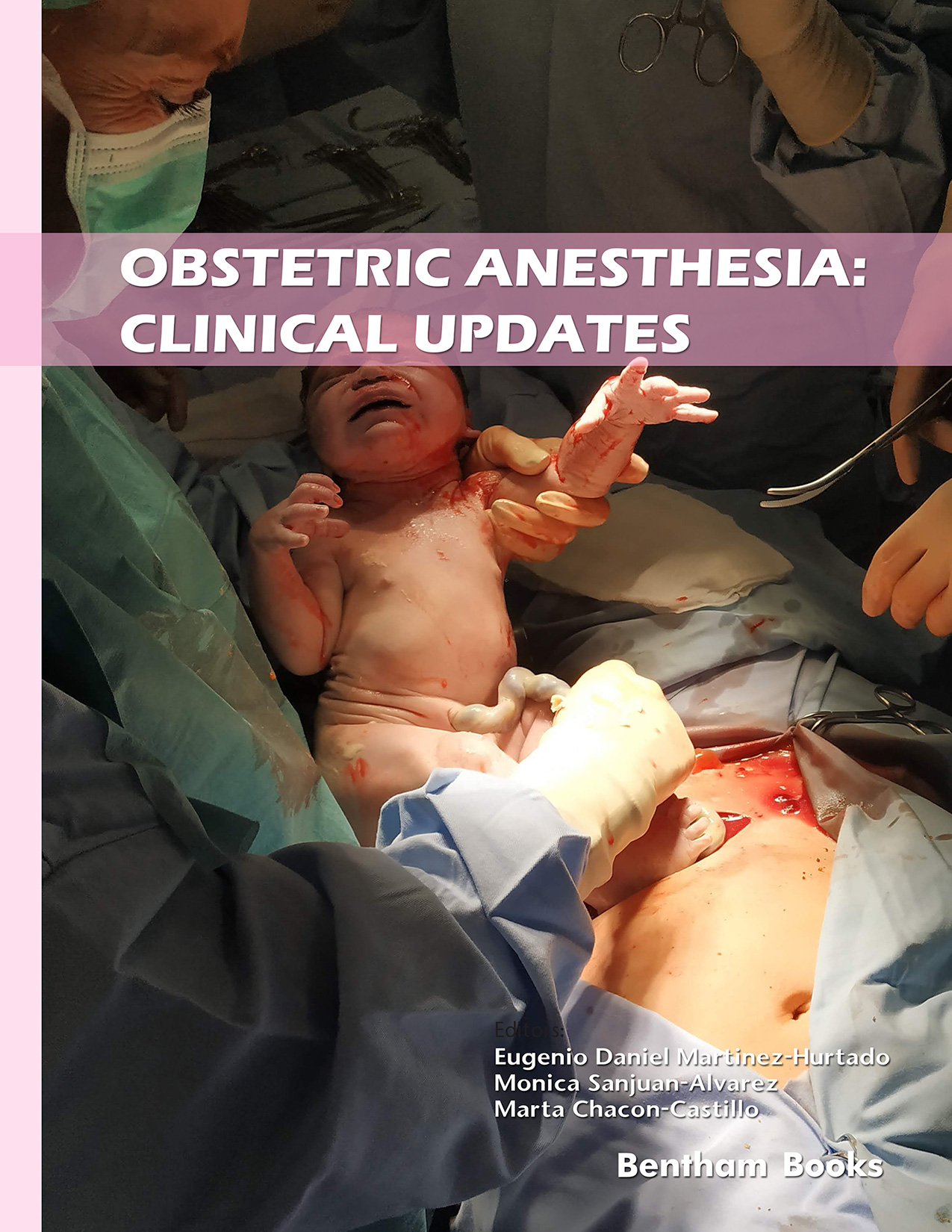Anesthesia for Cesarean Section

- Authors: Mónica San Juan Álvarez1, Adriana Orozco Vinasco2, Marta Chacón Castillo3, Juan José Correa Barrera4
-
View Affiliations Hide Affiliations1 Department of Anesthesiology and Critical Care, Hospital Universitario Severo Ochoa, Madrid, Spain 2 Department of Anesthesiology and Critical Care, Hospital Universitario Severo Ochoa, Madrid, Spain 3 Department of Anesthesiology and Critical Care, Hospital Universitario Severo Ochoa, Madrid, Spain 4 Department of Anesthesiology and Critical Care, Hospital Universitario Severo Ochoa, Madrid, Spain
- Source: Obstetric Anesthesia: Clinical Updates , pp 100-110
- Publication Date: November 2022
- Language: English
Anesthesia for Cesarean Section, Page 1 of 1
< Previous page | Next page > /docserver/preview/fulltext/9789815051841/chap7-1.gif
Caesarean section is the most frequently performed surgery in adults, with a total of 20 million procedures per year. More than 70% of cases are due to lack of labor progression, fetal distress, breech presentation or previous cesarean section. Obstetric anesthesia practice has substantially changed over the last 20 years. The main cause of this is the introduction of regional techniques to the detriment of general anesthesia, which has reduced maternal mortality due to complications such as gastric aspiration or difficulty in orotracheal intubation. In general, we can affirm that regional anesthesia is the most frequently used anesthetic technique for cesarean section, reserving general anesthesia for urgent or life-threatening situations.
-
From This Site
/content/books/9789815051841.chap7dcterms_subject,pub_keyword-contentType:Journal -contentType:Figure -contentType:Table -contentType:SupplementaryData105

